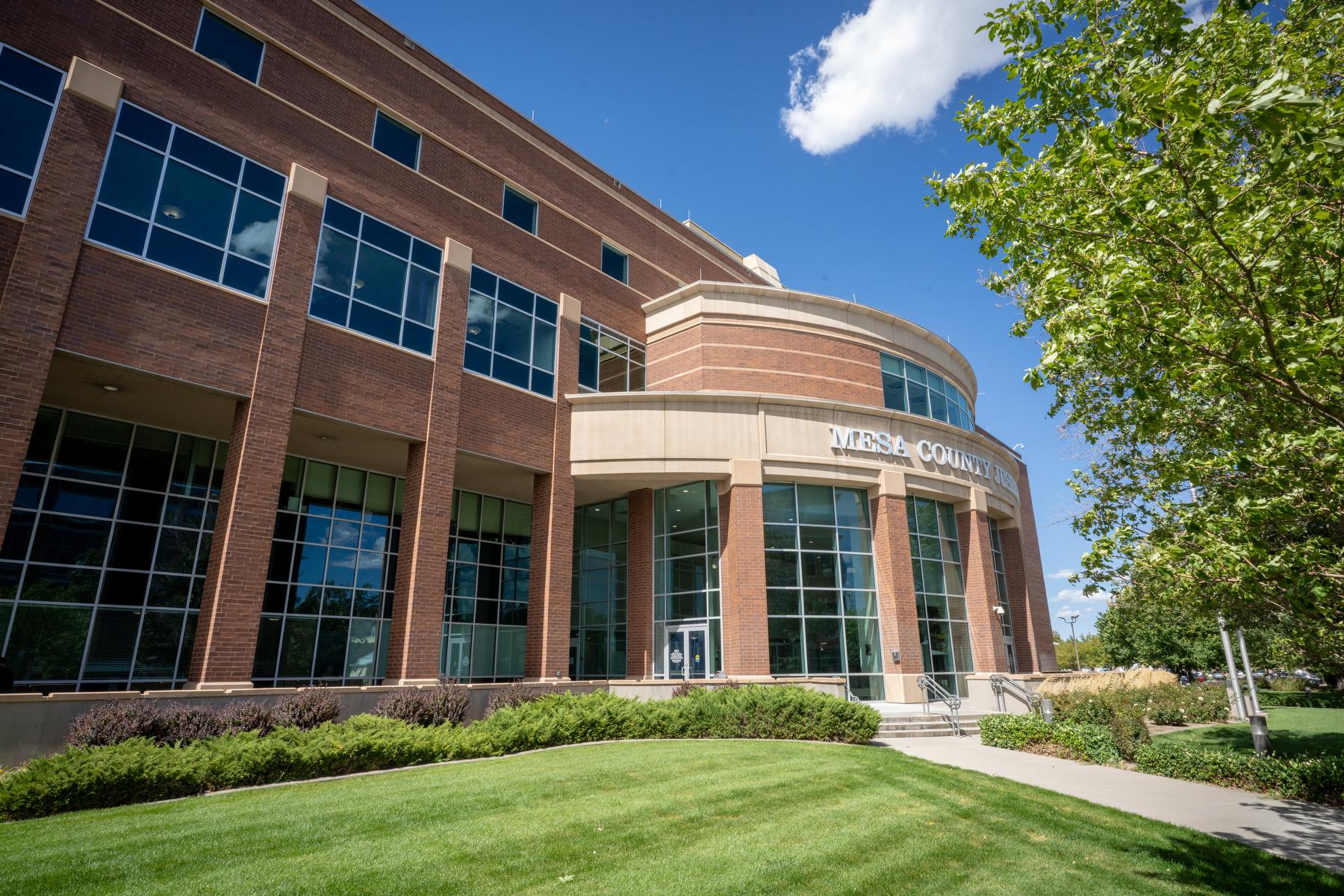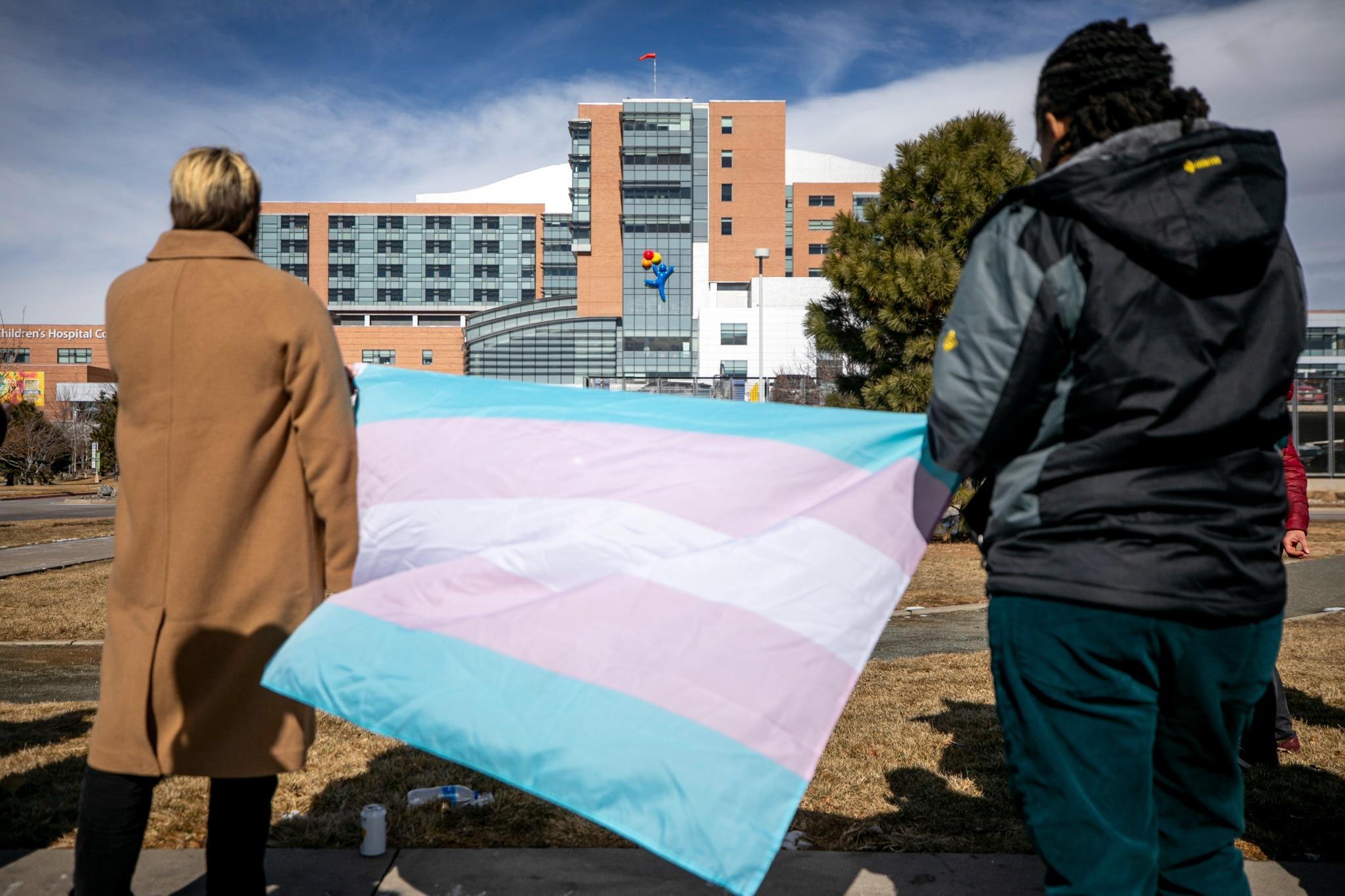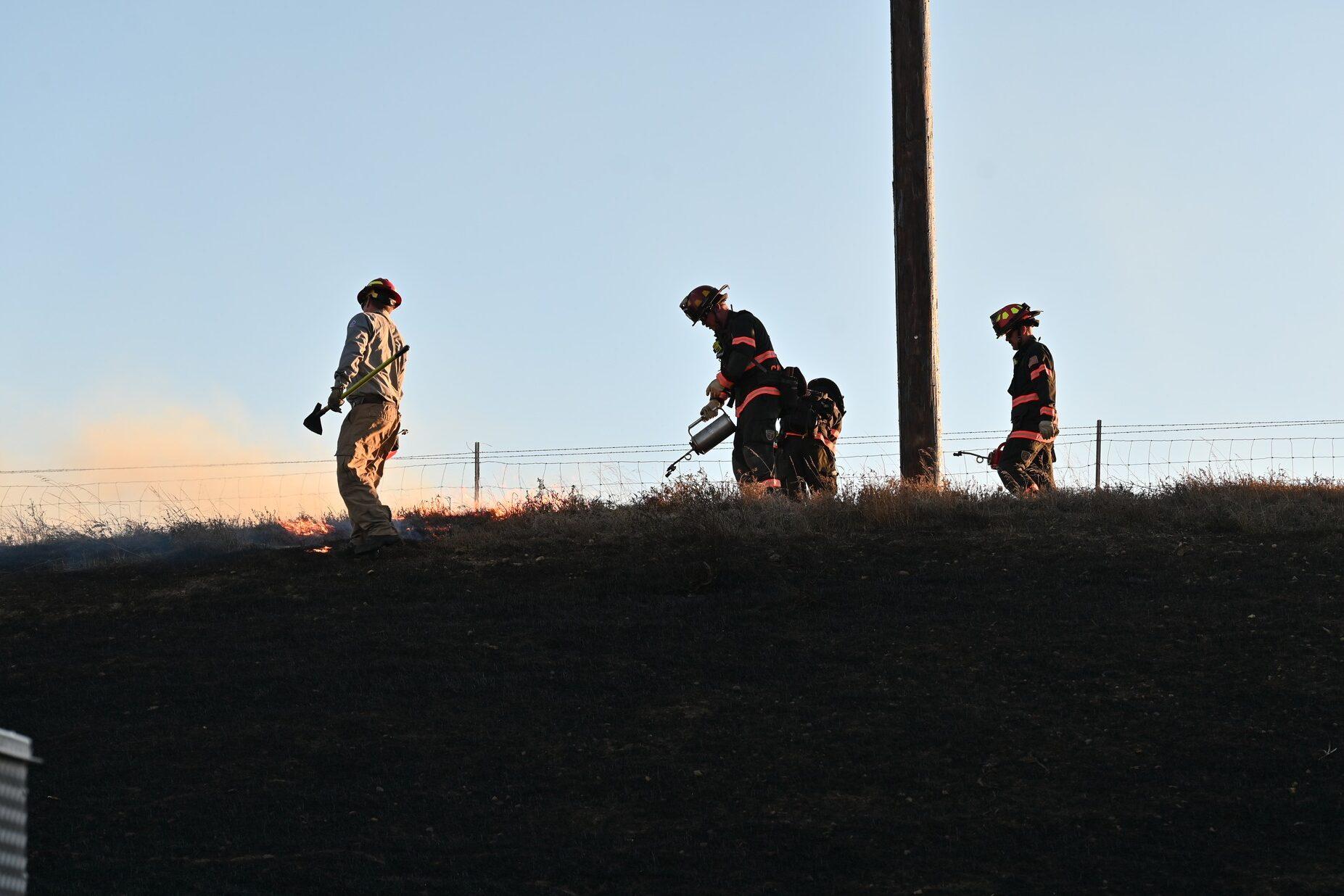
Your shower, sink and laundry machine account for more than half of indoor water use. Since the wastewater that circles the drain doesn’t come from the toilet, it’s safe to reuse on things like your garden.
Those hip to reuse call it greywater. To state and local governments, it’s graywater.
However you spell it, it’s an idea that everyone agrees will save water — but not everyone agrees on how it should be done.
Colorado was the last Western state to legalize greywater usage in 2013. Officials say that by 2050, our water supply could fall short for over one million people. Climate change makes the future of Colorado water even more uncertain.
Colorado’s Water Plan wants to close the gap and recognizes greywater as one tool to help make that happen. However, not a single state-approved greywater system has been built since it was legalized. Only Denver, Castle Rock and Pitkin County have adopted the code, known as Regulation 86, that regulates how greywater gets done in the state.
Avery Ellis isn’t happy about that. He was closely involved when the Colorado Department of Public Health and Environment set the rules.
“It takes a little civil disobedience and a little public support to push these laws into local adoption,” the greywater installer said.
In his yard in Longmont, there are young trees and shrubs that are watered through one of his greywater systems.
Longmont isn’t Denver or Castle Rock and it’s nowhere near Pitkin County. In addition to his water saving rebellion, Ellis teaches and helps others how to go greywater without a permit. Because so far, even in the places where it’s been adopted, no one has even applied for a greywater permit.
Not a single one.
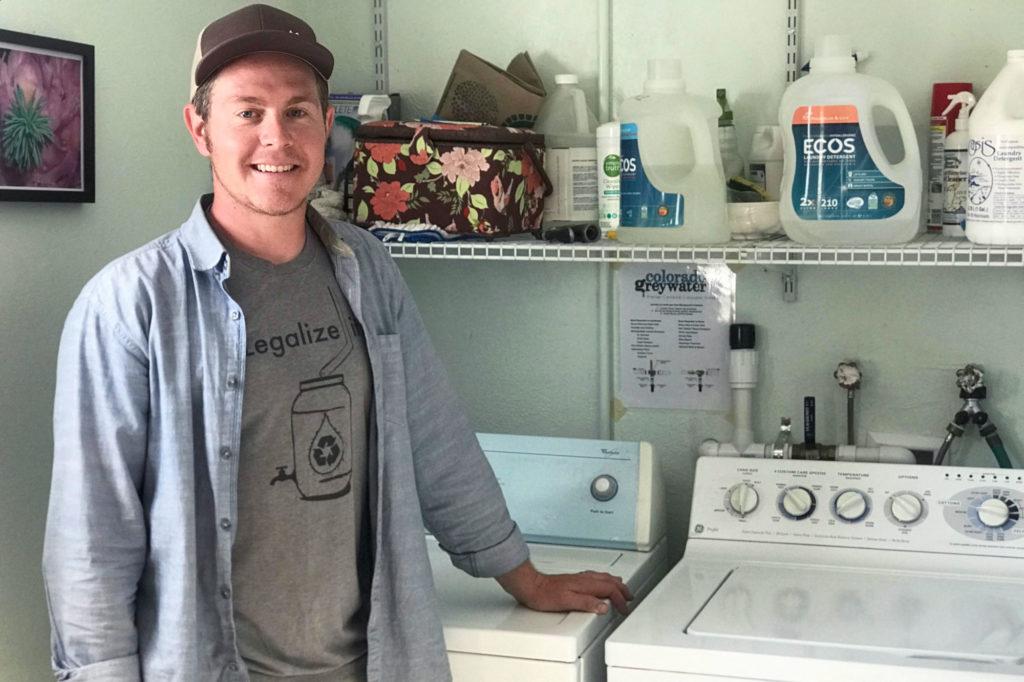
In Colorado, only two types of greywater systems are legal. This first one is called “laundry to landscape.” The second is more complicated and costly. Wastewater from a shower or sink is collected in a storage tank and is used for the landscape or to flush toilets. There’s internal plumbing and the water needs to be filtered and treated and can’t be stored for more than 48 hours.
Ellis’ laundry machine drainage is connected to a diversion valve. One way dumps into the sewer, in case he’s “doing a load with bleach, or if my baby’s got dirty diapers.” With a flick of the valve, the other path makes a beeline for his lawn.
The water is pumped into an irrigation system that — by law — is buried 4 inches underground to keep it from pooling or spraying into the air. Ellis said a system like this costs a few hundred dollars to install yourself, or around $1,500 if you work with a professional.
There’s been some interest in these water saving systems in Pitkin County, which adopted greywater in 2018, but environmental health manager Kurt Dahl thinks that “due to the complication of the regulation they didn't see the benefit.”
“If we are able to loosen the regulation and still protect for public health, we'll probably drive some costs down that may help make it practical for folks to put systems in,” Dahl said.
The city of Castle Rock is the newest to adopt the state’s greywater rules, but only for new construction. Retrofitting an old home or building isn’t allowed. Mark Marlowe, the director of Castle Rock Water, cites cost as the contributing factor behind that decision.
“What it would mean is a lot of staff time to review what that individual homeowner wants to do. It would require a lot of inspection to verify that it’s done right, because if it’s done wrong you could create a problem,” Marlowe said.
That doesn’t mean it won’t ever happen, Marlowe said, but they don’t have the resources to allow just anyone to put in a greywater system.
And that’s why some cities and counties have chosen not to take on greywater at all. Douglas County said it would be too complicated and costly for the county to oversee. They also point to the potential for public health risks.
Boulder won’t either, at least right now. Joe Taddeucci, the city water resources manager, said they first need to study if adopting greywater is worth it. One major concern are water rights. Does the city have the OK to use greywater on lawns, instead of sending it back to the river for the next user downstream? How much water would actually be conserved? And what would it take to regulate this?
“There's definitely an appetite for it in the community and the state,” Taddeucci said. “I think we have an obligation to look at it end to end to make sure or making the most efficient use of the water.”
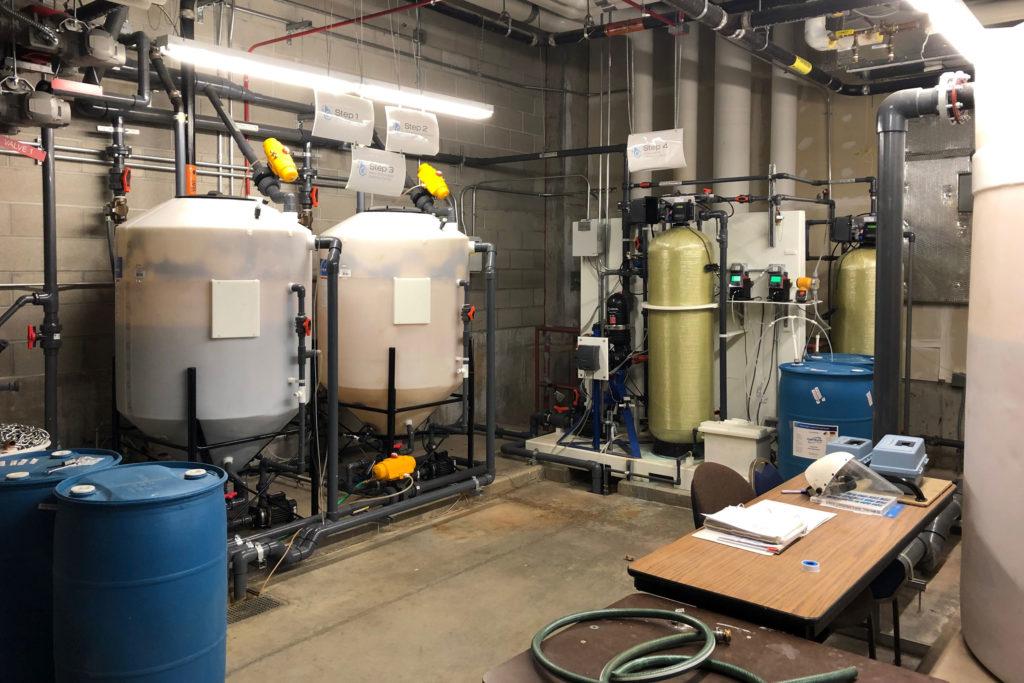
One of the only examples of a large-scale greywater system in the state is a dorm at the University of Colorado Boulder. Williams Village North was built with plumbing that collects wastewater from showers and sinks to flush toilets. Since the city of Boulder hasn’t adopted greywater, the system operates under a research exemption.
“It requires a great amount of care and feeding,” said Jack Bradford, the associate director for housing facility services at CU Boulder.
“Testing for chlorine levels, alkaline levels. And greywater systems of this size and magnitude are still fairly new technology, and we do want to make sure that we understand it better before we implement in a new building.”
At peak use, when students are in school and the dorm is full, the system uses about 2,000 gallons of greywater a day to flush toilets. It’s an example of where some of the biggest year-round savings can happen.
Sybil Sharvelle, an associate engineering professor at Colorado State University in Fort Collins, has been involved in greywater research for nearly 20 years. She also advised the state on the rules and is disappointed to see all the growth and construction over the past 10 years has failed to include greywater.
“We knew there was all this upcoming new development and we saw that as just a huge opportunity to start getting greywater systems into the new development,” she said. “And unfortunately that opportunity is really not been realized.”
Sharvelle’s research looks at what levels of treatment are necessary to make greywater safe, and what the regulation standards are in each state. In Colorado’s code, a system has to be National Sanitation Foundation certified. Sharvelle tried to fight the very strict requirements.
“We don't necessarily need to remove the constituents of shampoo to make sure water is safe, to flush a toilet,” she said. “We have to be more concerned about the human health and the pathogens.”
Relying on NSF rules creates another big limit for expansion. There are no current NSF-approved greywater systems that work for anything larger than a single-family home. If a developer wanted to put a greywater system into its next 1,000-unit complex, they couldn’t. The technology exists but hasn’t been approved by the NSF.
For the Colorado Department of Public Health and Environment, human health was the number one priority when it created Regulation 86. They want to minimize risk as much as possible. CDPHE said they support the Colorado Water Plan, and they want to find more safe uses for greywater, but they stand by their requirements.
The department said it will hold meetings “soon,” to look at ways greywater use can be expanded.
Arizona and California have eased their regulations, and now let people install laundry to landscape systems without a permit as long as they follow best practices. That’s one thing Avery Ellis, the ecological landscaper, would like to see happen in Colorado.
“I certainly feel hopeful because I have a forum that people come to me and say, ‘I want this.’ And so I regularly get inquiries about how do I do this in my home? And people all around Colorado who want to see this adopted,” Ellis said.
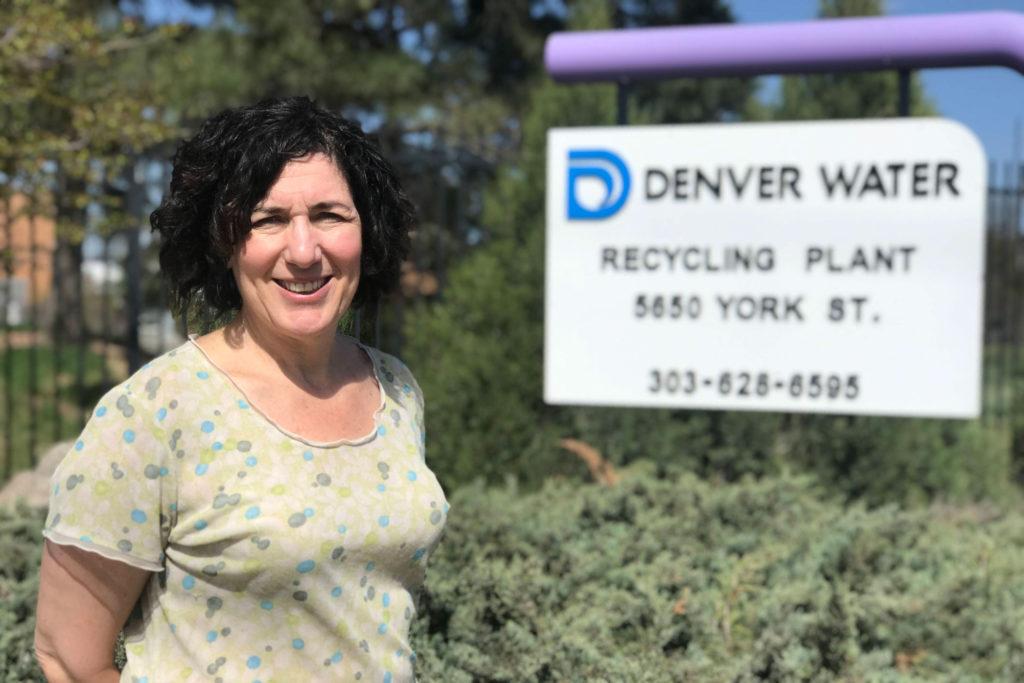
One of those people is Barbra Varnhagen. She asked Colorado Wonders about the status of greywater in the state. After she met with Ellis, Varnhagen said she’ll look into how she could reuse greywater in her home.
“I could have my green-grass cake and eat it too, then it would be awesome to use that water to have green grass and not feel like I've taken away from our water supply,” Varnhagen said.
That’s the exact kind of civil disobedience that Ellis likes to see.

